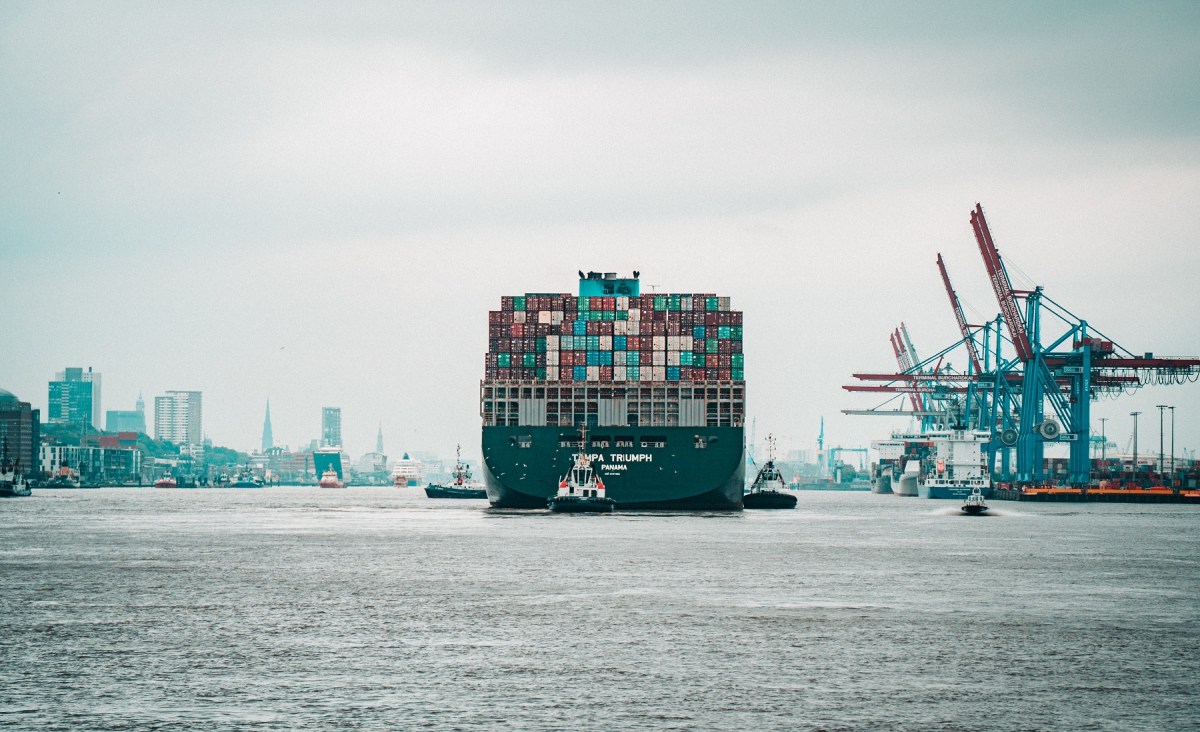Covid changed life as we know it, and many retailers are becoming increasingly savvy when it comes to using data to understand their customers in the post-pandemic era. This has huge implications for supply chain planning.
Thankfully, many retailers did well over the past few years but had to move fast and look for new supply chain solutions. The global pandemic came after many had underinvested in supply chain technology for more than a decade.
As many leaders slow down and take stock after the covid boom, their data has been completely altered due to changing consumer behaviours brought on by the pandemic. This means many retailers need to think differently about how they can leverage data for supply chain planning in the post-pandemic era. Here are a few simple steps in the right direction.
Removing outliers
The first stage is a bit of housekeeping. Consumer behaviour was fundamentally altered by the pandemic. It impacted how people live and work which many think are here to stay. But there were also significant shocks such as lockdowns which, fingers crossed, will not be making a return. Therefore retailers need to use efficient tools which can remove these outliers from their data sets.
Removing data from peak lockdown periods is something businesses can automatically do through supply chain planning software. Though, lockdowns aren’t the only outliers that could paint a very different picture of supply and demand.
Another outlier could be peaks when an aggressive promotion was run, or slow periods caused by a one-off supply shortage. Once these anomalies are cleaned up, it gives retailers a better foundation for finding existing data that helps them paint a picture of future supply and demand.
Leveraging internal data
Next, businesses need to leverage internal data to paint a more accurate picture of supply and demand. It wasn’t that long ago that some of the largest, most complex retailers in the world still had siloed departments, and no single source of truth for timely data which would inform important decisions on supply chain management.
Sure, they all fed data up to the executive level, but then it took weeks to collate this and arrive at any reasonable consensus of what demand looked like, and whether the business has the capacity to meet this, or is producing or ordering too much stock.
There’s no point in the marketing department planning a massive campaign, if production is aware of an issue that’s about to cause a stock shortage or scan data indicates a downturn in sales in this category. This data is leveraged by collecting it on a centralised platform capable of using these inputs to create a consensus of supply and demand available almost instantly to all areas of the business.
Leveraging external data
Internal data is only half the equation. Retailers also need to seamlessly integrate external factors into their supply chain management. This means pulling in data from third-party sources such as suppliers, partners or research organisations to inform planning and make reliable predictions.
Take weather patterns, for example. Will drought affect production of cotton? Will monsoons delay shipping? Will a third consecutive La Nina event and its above-average rainfalls mean demand for swimwear is way down? Does the rain mean demand for certain whitegoods like driers is far higher than in previous summers?
There are almost countless examples of external data which could impact purchasing decisions, but another especially topical example is the effect of inflation and higher interest rates. There’s little use using even very good internal data if it doesn’t take into account economic trends which were not making themselves felt last year.
There is no single silver bullet. But retailers who remove outliers from their data sets, and then use smart tools to leverage both internal and external data will be more agile and able to make more accurate predictions about supply and demand than ever before.
Dr Deborah Pike is principal supply chain solutions consultant for APAC at Anaplan.

